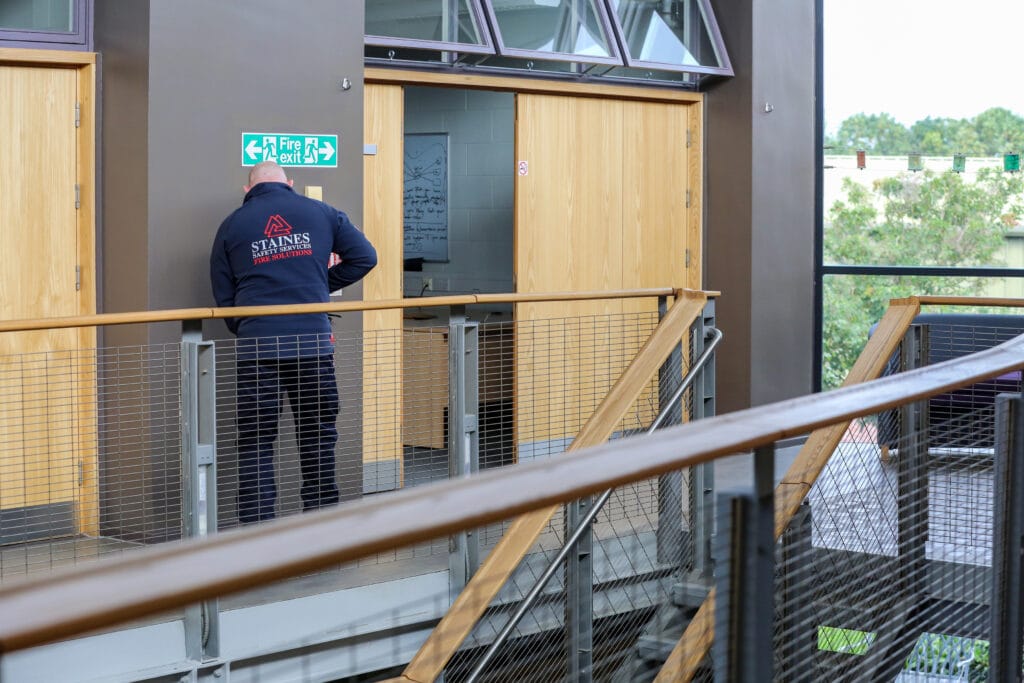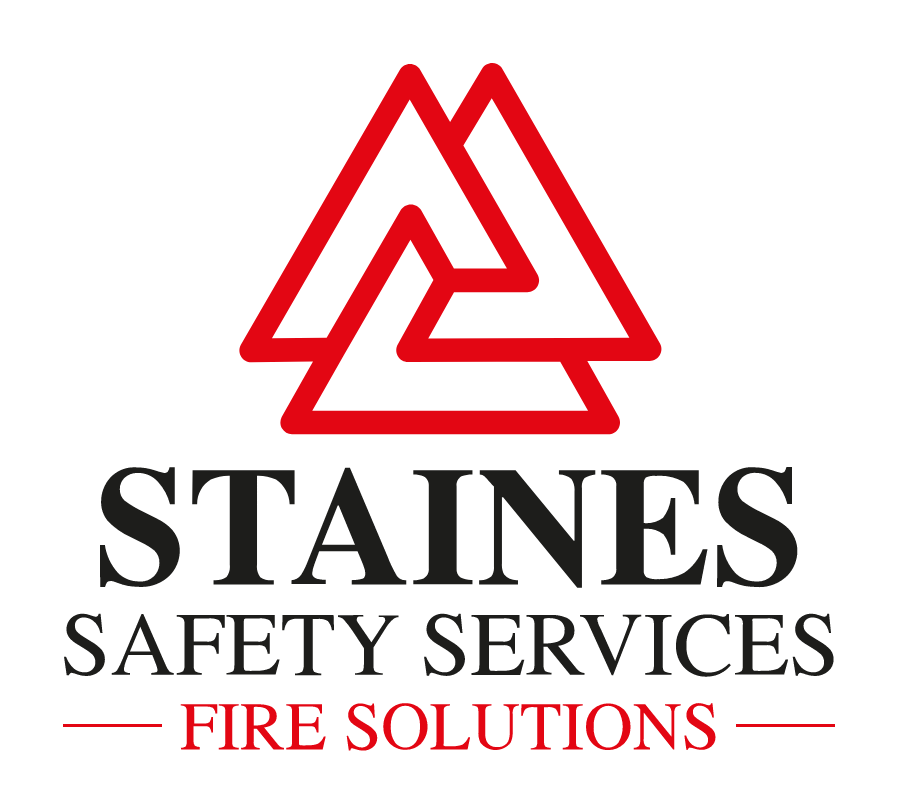
Understanding BS 5266-1 Emergency Lighting Requirements: A Comprehensive Guide
When it comes to ensuring safety in buildings, emergency lighting is a critical component. It can save lives during power failures, fires, or other emergencies. The BS 5266-1 standard, published by the British Standards Institution (BSI), provides detailed guidance on the design, installation, and maintenance of emergency lighting systems in the UK. This blog post explains the key requirements of BS 5266-1. It aims to help building owners, facility managers, and safety professionals ensure compliance and enhance occupant safety.
What is BS 5266-1?
BS 5266-1 is the primary British Standard for emergency lighting in buildings. It outlines the requirements for the design, installation, testing, and maintenance of emergency lighting systems. This ensures they function effectively during an emergency, such as a power outage or evacuation. The standard applies to a wide range of premises, including offices, schools, hospitals, retail spaces, and industrial facilities.
The main goal of BS 5266-1 is to ensure that emergency lighting provides sufficient illumination to enable safe evacuation. It also aims to prevent panic and allow critical tasks to be completed during an emergency. It is closely aligned with UK regulations, such as the Regulatory Reform (Fire Safety) Order 2005. Additionally, it works in conjunction with other standards like BS EN 1838 (which specifies lighting levels).
Key Requirements of BS 5266-1
BS 5266-1 covers several critical aspects of emergency lighting systems. Below are the key requirements, broken down for clarity:
1. Types of Emergency Lighting
BS 5266-1 categorizes emergency lighting into three main types:
- Emergency Escape Lighting: Provides illumination for escape routes to ensure safe evacuation. This includes lighting for corridors, stairways, and exits.
- Escape Route Lighting: Ensures clear visibility along designated evacuation paths, with a minimum illuminance of 1 lux on the floor along the centerline of the route.
- Open Area Lighting (Anti-Panic Lighting): Illuminates larger areas (e.g., open-plan offices or halls) to prevent panic and allow occupants to locate escape routes, requiring a minimum of 0.5 lux.
- High-Risk Task Area Lighting: Provides higher illumination (at least 15 lux) for areas where hazardous activities are performed, such as operating machinery, to allow safe shutdown.
2. Design and Installation
The standard emphasizes that emergency lighting systems must be carefully designed to meet specific performance criteria:
- Illuminance Levels: As per BS EN 1838, escape routes must have at least 1 lux, while open areas require 0.5 lux. High-risk task areas need brighter illumination to ensure safety.
- Signage: Emergency exit signs must comply with the Health and Safety (Safety Signs and Signals) Regulations 1996 and be clearly visible, often requiring illuminated signs with a pictogram (e.g., a running man with an arrow).
- Positioning: Luminaires must be strategically placed to avoid obstructions and ensure uniform lighting along escape routes and at critical points like exits, stairways, and changes in direction.
- Duration: Emergency lighting must operate for at least 1 hour (or 3 hours in some cases, such as sleeping accommodations) after a power failure.
3. System Types
BS 5266-1 specifies different types of emergency lighting systems:
- Non-Maintained Systems: Only activate during a power failure, typically used for escape routes.
- Maintained Systems: Operate continuously and switch to battery power during outages, often used in public spaces like cinemas or shopping centers.
- Combined Systems: Incorporate both maintained and non-maintained luminaires for flexibility.
4. Testing and Maintenance
Regular testing and maintenance are crucial to ensure emergency lighting systems remain operational. BS 5266-1 requires:
- Monthly Functional Tests: A short test to verify that luminaires and signs function correctly.
- Annual Full-Duration Tests: A test lasting the full rated duration (e.g., 1 or 3 hours) to ensure battery performance.
- Record-Keeping: A logbook must document all tests, maintenance, and repairs, ensuring compliance with regulations.
- Servicing: Systems must be maintained by competent persons, with faulty components replaced promptly.
5. Risk Assessment
BS 5266-1 emphasizes the importance of a fire risk assessment to determine the specific emergency lighting needs of a building. Factors to consider include:
- The building’s size, layout, and occupancy.
- The presence of high-risk areas or complex escape routes.
- The needs of vulnerable occupants, such as those with disabilities, requiring additional provisions like visual or audible alarms.
Why Compliance with BS 5266-1 Matters
Compliance with BS 5266-1 is not just about meeting legal obligations; it’s about ensuring the safety of occupants. Inadequate or poorly maintained emergency lighting can lead to confusion, delays, or accidents during evacuations. This potentially results in injuries or loss of life. Additionally, non-compliance can lead to penalties under the Regulatory Reform (Fire Safety) Order 2005, as well as reputational and financial consequences for building owners or managers.
Practical Steps to Achieve Compliance
To meet BS 5266-1 requirements, consider the following steps:
- Conduct a Risk Assessment: Work with a fire safety professional to assess your building’s needs.
- Engage Qualified Designers: Use professionals familiar with BS 5266-1 and BS EN 1838 to design and install the system.
- Choose Certified Equipment: Ensure luminaires and signs meet relevant standards and are suitable for the building’s environment.
- Implement a Maintenance Schedule: Set up regular testing and maintenance routines, with clear documentation.
- Train Staff: Ensure responsible persons understand their roles in maintaining and testing the system.
Conclusion
BS 5266-1 provides a robust framework for designing, installing, and maintaining emergency lighting systems to ensure safety during emergencies. By adhering to its requirements—covering emergency escape lighting, illuminance levels, testing, and maintenance—building owners and managers can create safer environments. They can also comply with UK regulations. Whether you manage a small office or a large public venue, understanding and implementing BS 5266-1 is essential for protecting lives and meeting legal obligations.
For more detailed guidance, consult BS 5266-1:2016 or work with a qualified fire safety professional to ensure your emergency lighting system meets all necessary standards

